Families come in many varieties. No matter what your family looks like, how big it is, or who’s in it, it’s probably played a big part in your life – and the same is true for kiddos. This TALK, READ, PLAY theme focuses on connecting with your child and building language (and much more) as you explore families.
Children learn about the world and how they relate to it through the interactions they have with the important people in their lives – that often means family. You can help them learn that there are many ways to be a family and many different types of people who are all special. Help children connect with their family, heritage and culture.
Sharing photos is a great way for your child to learn who’s in their family. Now don’t worry about organizing photo albums or framing a bunch of portraits – just about any pictures will do. Sharing photos with children is about so much more than matching names and faces – it’s a chance to have meaningful conversations and share your favorite family memories, stories and traditions.
If you’re crafty, use family photos to make a mobile to hang over your diaper-changing area. I’m not so crafty, so I went with putting a collection of snapshots on a door. I chose pictures of family members doing something they loved – Nana & Papa traveling or Uncle Scott playing soccer – and pictures of them with my son. Every time we looked at the pics together, I used their names and shared something about them. He loved looking at the pictures and before long, he was pointing to Gigi, cousin Braydon, or Great Grandpa Hawk in the pictures. I’d sometimes swap out the photos and the fun started over.
Looking at pictures and sharing family stories is something you can do with your child no matter their age. As a loving adult in their life, the way you interact with your little ones has an incredible impact on their social, emotional, and language development. Our conversations are much more than what we say – how we talk is just as important (if not more so). Keep these things in mind as you talk with your kiddos:
Infants are absorbing so much – they’re learning the sounds of their language, the meaning of words and who they can count on. Your tone of voice and how you talk with them help them do all these things. Parents all over the world use a special ‘language’ when talking with their young children – one that makes connecting with youngsters unique. It’s is so special that experts have even given it a name: parentese.
Parentese is the melodic talk people use with babies (and if you’re like me, with pets):
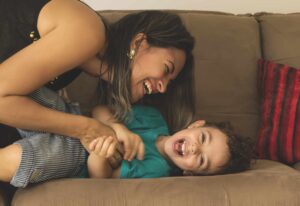
- Higher pitched
- Long consonant & vowel sounds
- Sing-songy tone
- Short, simple & repeated words
- Precise pronunciation
- Exaggerated gestures and expressions
Here’s an adorable video of my friend Kate using parentese as she feeds little Anna.
Did you see how Kate used eye-contact, lots of facial expressions and a sing-songy tone to get Anna’s attention and keep her engaged? By saying, “Hiiiiiiii, AaaNNaa”, Kate is helping Anna learn the sounds she’ll need when she starts talking. Kate also uses real words (super important). Parentese is not baby-talk – no goo-goo, ga-ga. When Kate uses parentese with real words and short sentences, Anna is learning language, emotion, and what it means to be loved – and Kate is giving Anna a strong foundation for all future learning. And although Anna isn’t using words yet, she’s certainly communicating with eye contact, body movements and mouth movements (learn more about tuning into children’s nonverbal cues here).
As children get a little older and begin using one and two-word phrases, we can start using more words to build on what they say and model the language we want them to learn – and don’t forget the engaging tone and lots of expressions:
- When your Young Toddler squeals, “Daddy home!” You can respond with, “Yes! Daddy is home from the store. Let’s see what he bought.”
- For your Older Toddler who has more language, you might say something like, “Daddy is home! He returned from the store. I wonder what he purchased, what he bought at the store. Let’s unpack the groceries and see!”
- With Preschool/Pre-K kiddos, we can begin using complex sentences and more interesting words and asking open-ended questions. Children this age have so much to say, and the way we talk with them can build their language and encourage strong communication skills.
As you’re reading a book about a family with a new baby together, you could say, “Look at Mary’s face in this illustration. How do you think she’s feeling?” (learn more about the importance of questions here). Your child may answer that Mary is sad because everyone’s paying attention to the new baby. This is a great chance to introduce new ideas and language (learn more about building vocabulary here). You could say, “I think Mary feels jealous. She feels left out because no one is giving her attention because they’re taking care of the new baby. The baby is dependent on his parents. He can’t take care of himself. He needs everything done for him.” This would be a great chance to share about when they were a baby and all the things they can do now that they’re older.Talking about the things your child can do will make her feel special and proud. These types of conversations also help little ones understand and relate to what’s happening in the story and help them develop compassion for others.
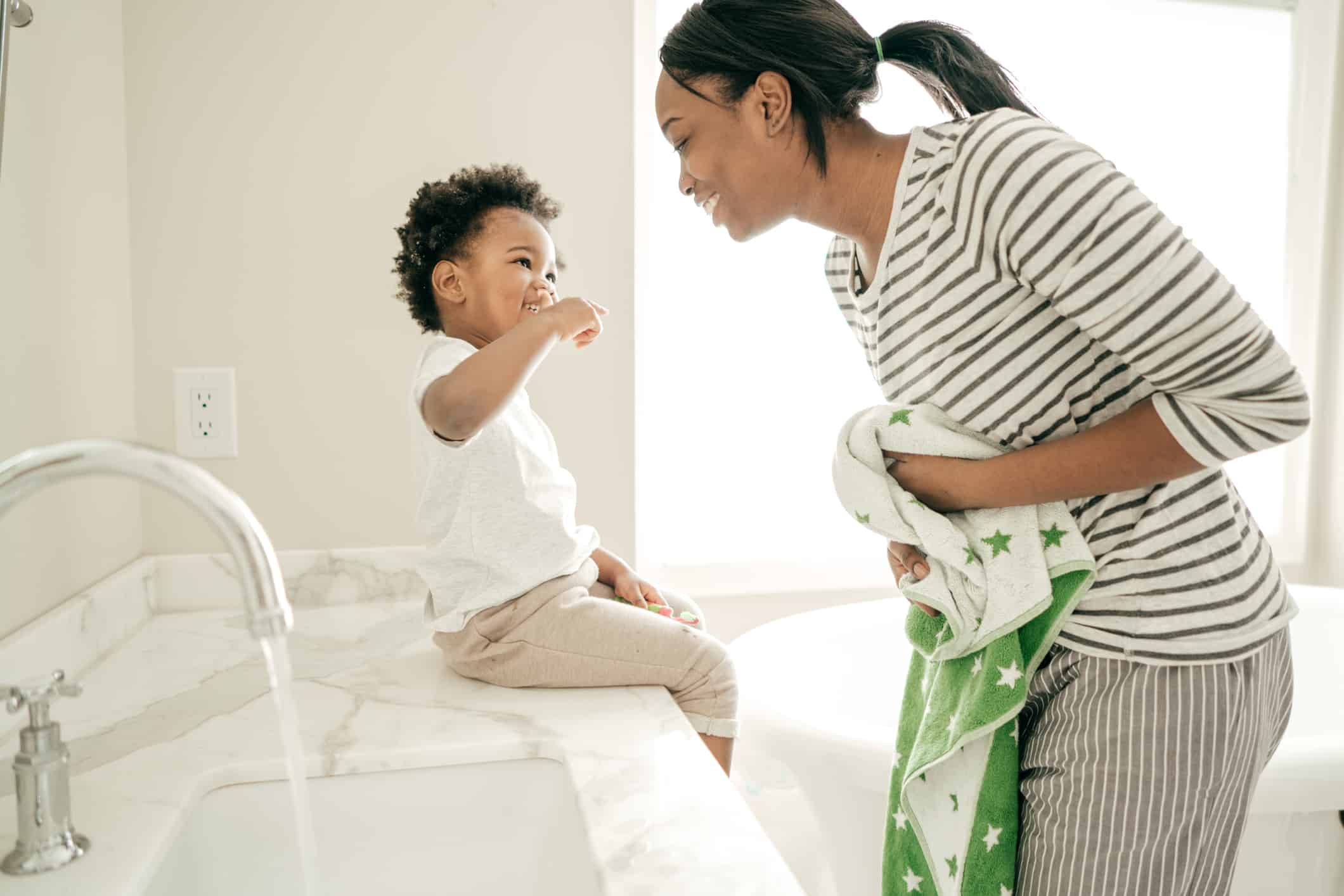
Regardless of your child’s age, sharing stories and talking about families teach your child to appreciate and celebrate all people. When you choose the words you say and how you say them based on their development, you’re building more than language – you’re teaching social skills, helping them connect with the important people in their lives, building self-esteem, and letting children know they matter! Look here for more ideas on how to explore what it means to be a family with your Infant/Toddler or PreSchool/PreK kiddo.
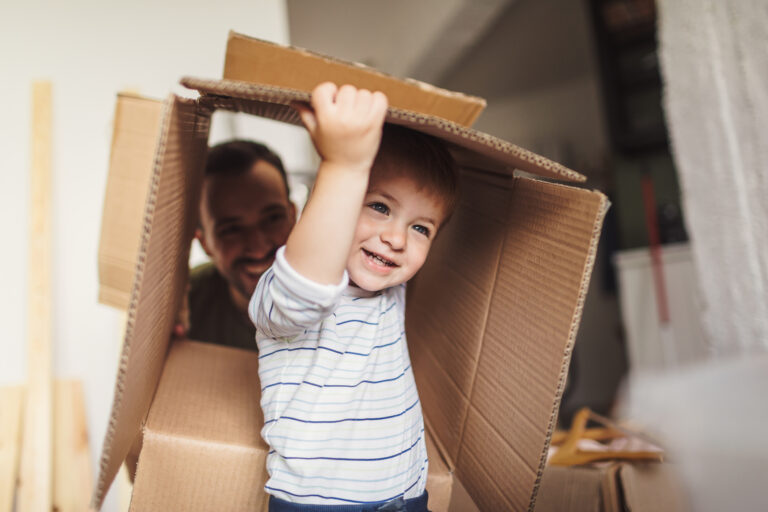

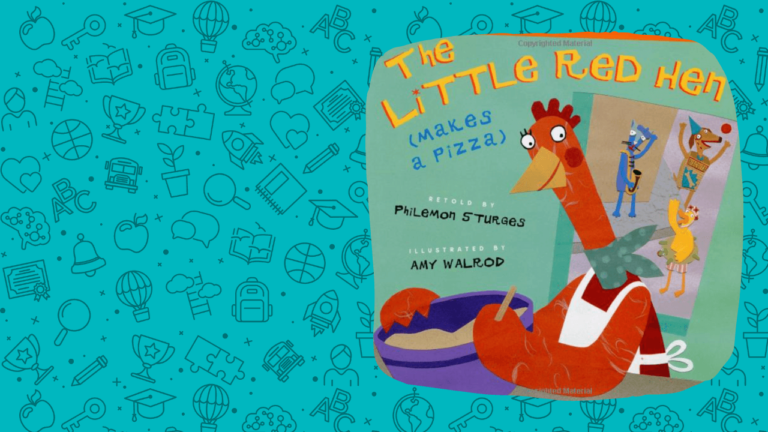
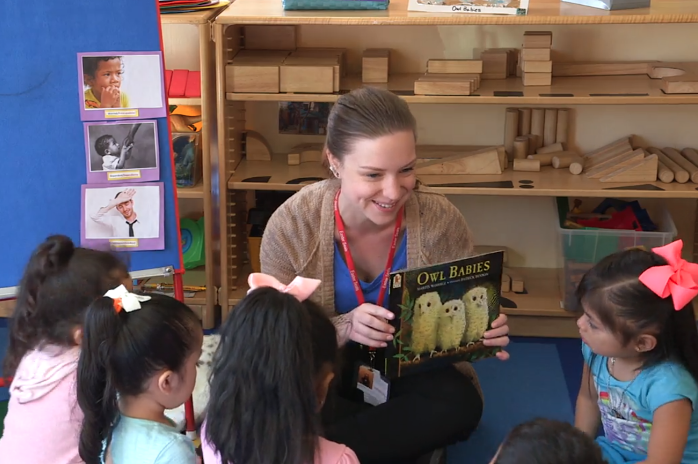
babies are so cuite